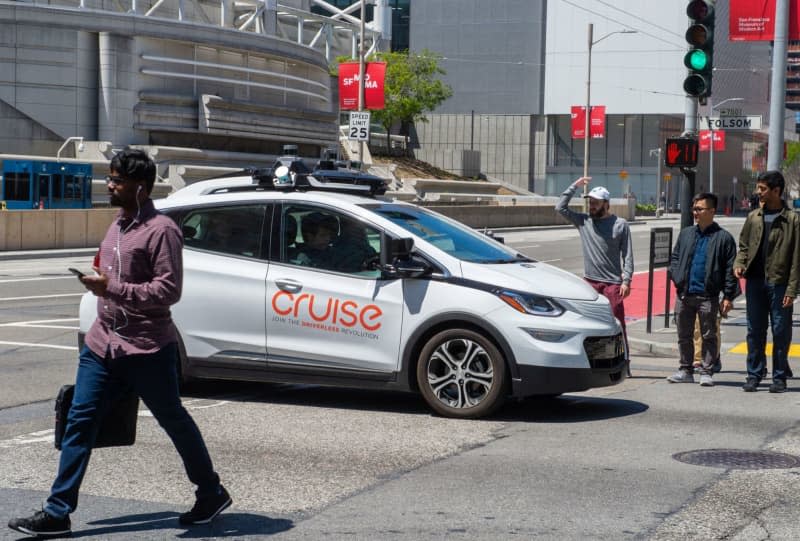Cruise's self-driving taxis return to public roads after accident

Vehicles from the self-driving taxi company Cruise are returning to city streets in the US around six months after a serious accident.
The subsidiary of US car giant General Motors has announced that the vehicles will initially only be driven by humans in order to update map data and collect fresh information about the surrounding area.
The first city is Phoenix in the state of Arizona, with more to follow. In this phase, fresh information about traffic lights, lanes and traffic routing will be collected, Cruise explained.
In a second phrase, autonomous test drives with safety drivers at the wheel are planned. On this basis, it will then be decided in which city the vehicles will once again be travelling without humans at the wheel.
Cruise had been a pioneer in robotaxi services and had ambitious expansion plans, until, at the beginning of October, a Cruise driverless car dragged a woman along a street for several metres.
The pedestrian had previously been hit by another car with a human at the wheel and thrown in front of the self-driving car. According to the accident report, the robotaxi braked immediately - but the woman was still thrown under the vehicle.
The Cruise cars are programmed to automatically pull over to the side of the road after collisions so as not to obstruct traffic. In this case, the software also decided to do this - even though the woman was still under the car.
According to a report by the Californian traffic authority, she was dragged around six metres and the car reached a speed of around 11 kilometres per hour.
The incident was damaging to Cruise's reputation, particularly since these details only became known later, after the accident was initially depicted as being less harmful.
GM replaced the top management of the robotaxi company and all trips on public roads were stopped. Cruise emphasises that the restart will now focus on safety. In recent months, the vehicles have continued to be driven on a test site.
Meanwhile, Cruise's competitor Waymo is expanding to Los Angeles. From today, the Google sister company has announced that it will be offering chargeable journeys with fully autonomous vehicles there.
It is the third city with a Waymo robotaxi service - after Phoenix and San Francisco. However, there are still waiting lists due to high demand. In San Francisco, Waymo's driverless electric Jaguar cars continue to be part of the cityscape, despite the controversy surrounding Cruise.

